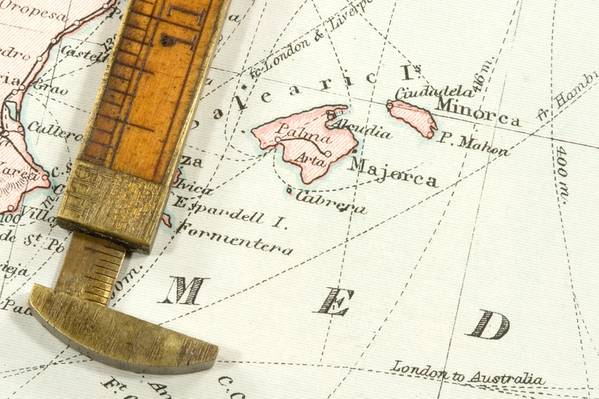
NOAA and the National Institute of Standards and Technology (or NIST) are starting the new year off on the “right” foot.
On New Year’s Eve, the two federal agency partners will officially retire the use of one of two measuring feet, to reduce surveying errors that can cost money.
Discontinuing the use of the U.S. survey foot and embracing of its replacement — the international foot — are also part of NOAA’s modernization of the National Spatial Reference System.
“Officially retiring one of these measurements will reduce accidental confusion in engineering, surveying, mapping, agriculture and other industries that depend on accurate positioning,” said Juliana Blackwell, director of NOAA’s National Geodetic Survey.
The difference between the U.S. survey foot and the international foot is tiny and barely noticeable in everyday use and function. But when it comes to measuring the distance between coordinates that span hundreds or thousands of miles, the difference can add up to several feet — and lead to costly errors and delays for various types of projects.
The U.S. began reconciling two slightly different versions of the foot in 1959, when it adopted a definition that differed just 1/100 of a foot per mile from the U.S. survey foot, established in 1893. The 1959 definition became known as the international foot because several other nations also adopted it at about the same time.
From this point forward, surveyors will refer to the international foot as simply the foot.